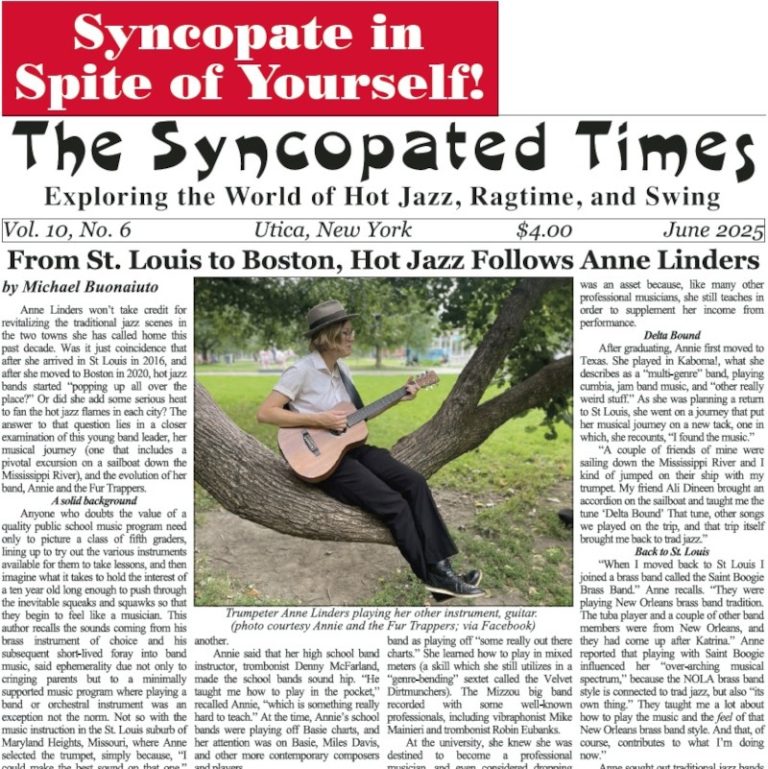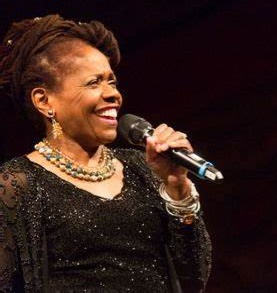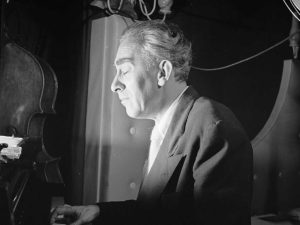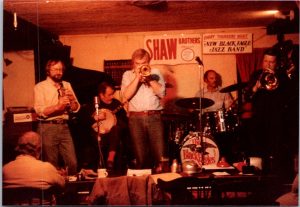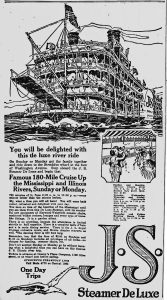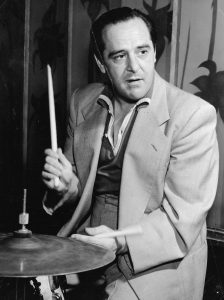The “Roaring Twenties” were off to a rousing start by late 1920. Musically, if not in other ways as well, the contributions of African Americans were already defining it. Mamie Smith recorded “Crazy Blues” and immediately after its release sold hundreds of thousands of copies launching the “race record” market for recordings by African Americans. In the summer of 1921, pianist/composer Eubie Blake with his partner Noble Sissle, along with blackface comedians Flournoy Miller and Aubrey Lyles, re-introduced African American musical theater to Broadway with their ground breaking show Shuffle Along. Although instrumental jazz exploded on the scene in 1917 with the performances and recordings of the Original Dixieland Jazz Band, ragtime, which had been the musical stylistic juggernaut since the late 1890s, continued to define popular, syncopated piano music. That changed in January 1921, with the music of James P. Johnson.
James P. Johnson, born in New Brunswick, New Jersey, in 1894, cut his teeth on ragtime. But in New Brunswick and later in Hell’s Kitchen on the west side of Manhattan where his family moved when he was about 14 years old, he encountered a style of music and dance called the ring shout that had been brought to New York from the South Carolina and Georgia Sea Islands by African Americans moving North in the first major wave of the Great Migration. This originally African ritual had been retained and transformed by Sea Island slaves into an important religious ritual. Its complex polyrhythms and other elemental components including call and response phrases and all manner of bent notes became the bedrock of much subsequent Black music.
Johnson took these and other features of the ring shout and applied them to the piano, creating a new style of playing that decades later would be known as Harlem Stride piano. He had composed the anthem of the style, “Carolina Shout,” around 1915, and by 1921, had refined it. On January 10, 1921, he became the first African American staff pianist for the Q.R.S. Music Company, the largest maker of piano rolls in the country. The “Carolina Shout,” one of the first tunes he cut on piano roll, immediately became the model for a new jazz piano style by introducing swing, improvisation, and rhythmic complexity.
In September, Johnson cut his first piano solo on 78 rpm record, his instrumental “The Harlem Strut,” issued on the Black Swan label. Black Swan was the label of one of the first all-Black owned and operated record companies, the Pace Phonograph Corporation. Harry Pace, W.C. Handy’s former partner in the publishing firm of Pace and Handy, started the record company in 1921. Pace saw the need to record and promote music by Black musicians. Since Black music by Black performers was swiftly gaining in popularity, the advertisements for Black Swan records emphasized that its recordings were made by Blacks and not whites attempting to imitate Blacks. Ironically, surreptitious performances by white artists were nonetheless issued by Pace. In 1923, the Pace Phonograph Corporation expanded and changed its name to the Black Swan Phonograph Company. In April of 1924, Black Swan was acquired by Paramount Records.
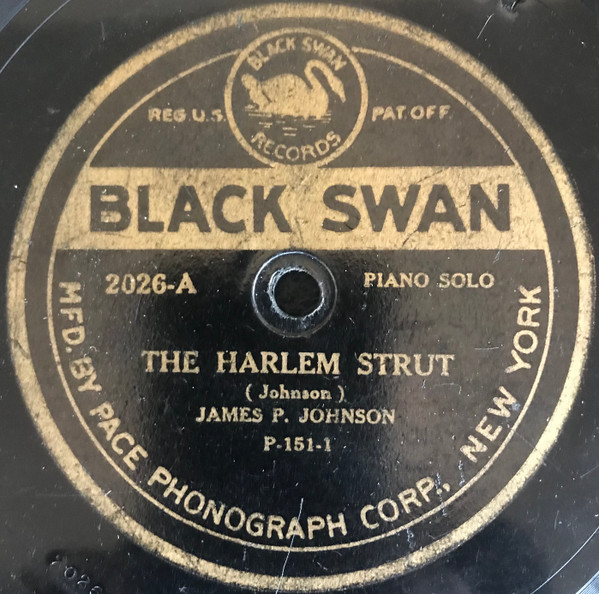
“The Harlem Strut” is an alter ego successor to “Carolina Shout.” In name and music, the “Carolina Shout” reflects the folk origins of this style derived from the coastal South. With “The Harlem Strut,” Johnson transforms the roots of the ring shout and recasts them in a groundbreaking work of stride piano that screams northern urbanity. “The Harlem Strut” evokes the jaunty swagger of the rent party in what was by that time the most famous Black community in the world. On the surface, the piece is constructed like a multi-themed rag, with several 16 bar repeated strains, and the left hand mostly utilizing the oom-pah regular beat of ragtime.
Here the similarities with ragtime end. In its internal mechanics, Johnson incorporates elements that create one of the defining features of jazz—it swings! How does he do this? A necessary feature of stride piano is the relationship between the regular oom-pah beat maintained by the left hand and the way in which the right hand weaves in and around that regular beat. It creates a pulling and tugging, a tension and release that ragtime only hints at.
But that’s not all. Johnson intersperses other techniques that create complexity, forward momentum, and liven the performance. The oom single notes in the left hand create their own melodic line, rather than hitting only repeated chord tones. The ooms often become pahs, as he magically turns the beat around with what are called “backbeats.” His right hand chimes with crystalline accuracy in the upper register of the instrument, peppering the melody with frequent direction changes, “swinging” triplet figures, and broken arpeggios. He deploys an orchestral break that he learned from study with conservatory trained classical musicians, and finishes off that interlude with a two-handed shuffle rhythm that dances us back to the praise house and ring shout.
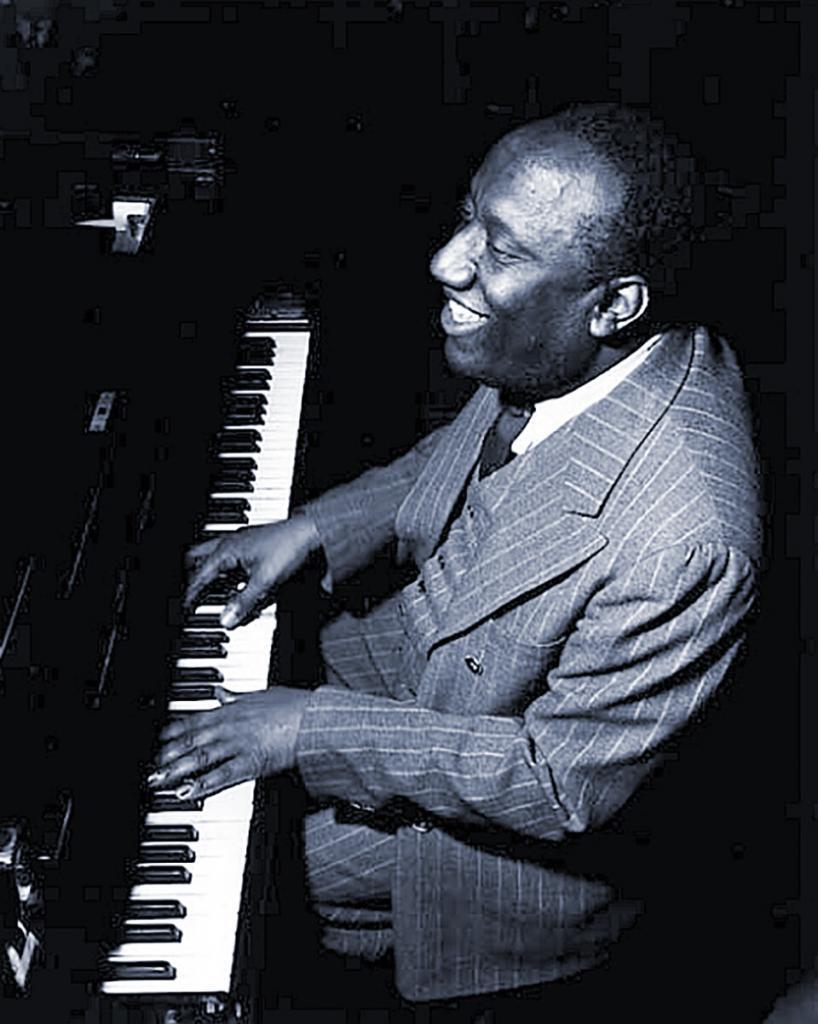 When first approaching it, the recording is best listened to three times—once focusing only on the left hand, once only on the right, and finally appreciating the interplay between both hands. Johnson’s rhythmic precision and delicate balance is delivered with jaw dropping virtuosity. He was no hack of a saloon pianist.
When first approaching it, the recording is best listened to three times—once focusing only on the left hand, once only on the right, and finally appreciating the interplay between both hands. Johnson’s rhythmic precision and delicate balance is delivered with jaw dropping virtuosity. He was no hack of a saloon pianist.
“The Harlem Strut” became a model for a whole generation of pianists. Thomas “Fats” Waller and Duke Ellington were his most prominent proteges, but Count Basie, Earl Hines, Art Tatum, Erroll Garner, and even Thelonious Monk are on record as acknowledging Johnson as a major influence, and stride piano as an integral component of their own styles. It is not too much to say that with “The Harlem Strut” and his other early recordings, Johnson was the first great jazz pianist.
His contribution to the “Roaring Twenties” did not end here. In 1923 he composed what would become the signature tune emblematic of the entire decade, the “Charleston.” He was the favorite accompanist for many of the classic blues singers of the decade, including Bessie Smith and Ethel Waters. By extracting the essential elements of the ring shout and applying an urbane veneer of complex harmony, rhythmic variety, and virtuosic technical skill, he transformed a folk and religious tradition into codified art, making “The Harlem Strut” one of the earliest works of the Harlem Renaissance.
Scott E. Brown, MD, MA, is the biographer of James P. Johnson. His first book was published in 1987. He holds a Masters Degree in Jazz History and Research from Rutgers University-Newark, N.J. His Masters thesis on Jaki Byard is available on Google Scholar. Dr.Brown’s new biography of Johnson is expected in 2025.




